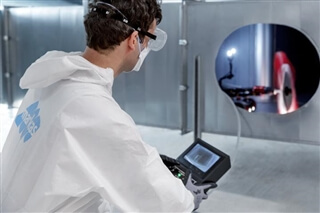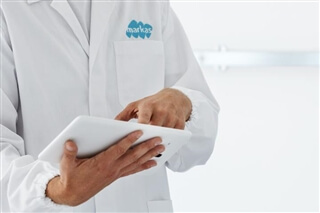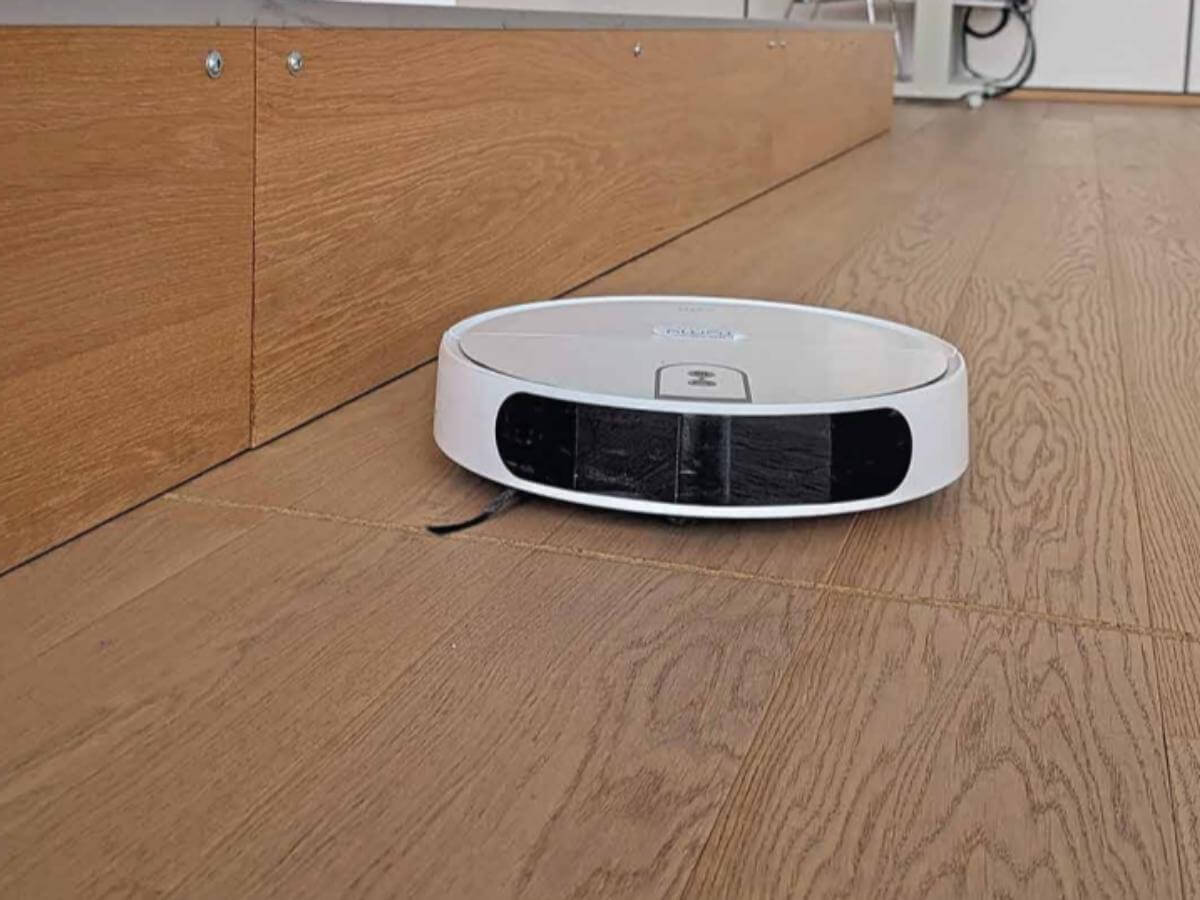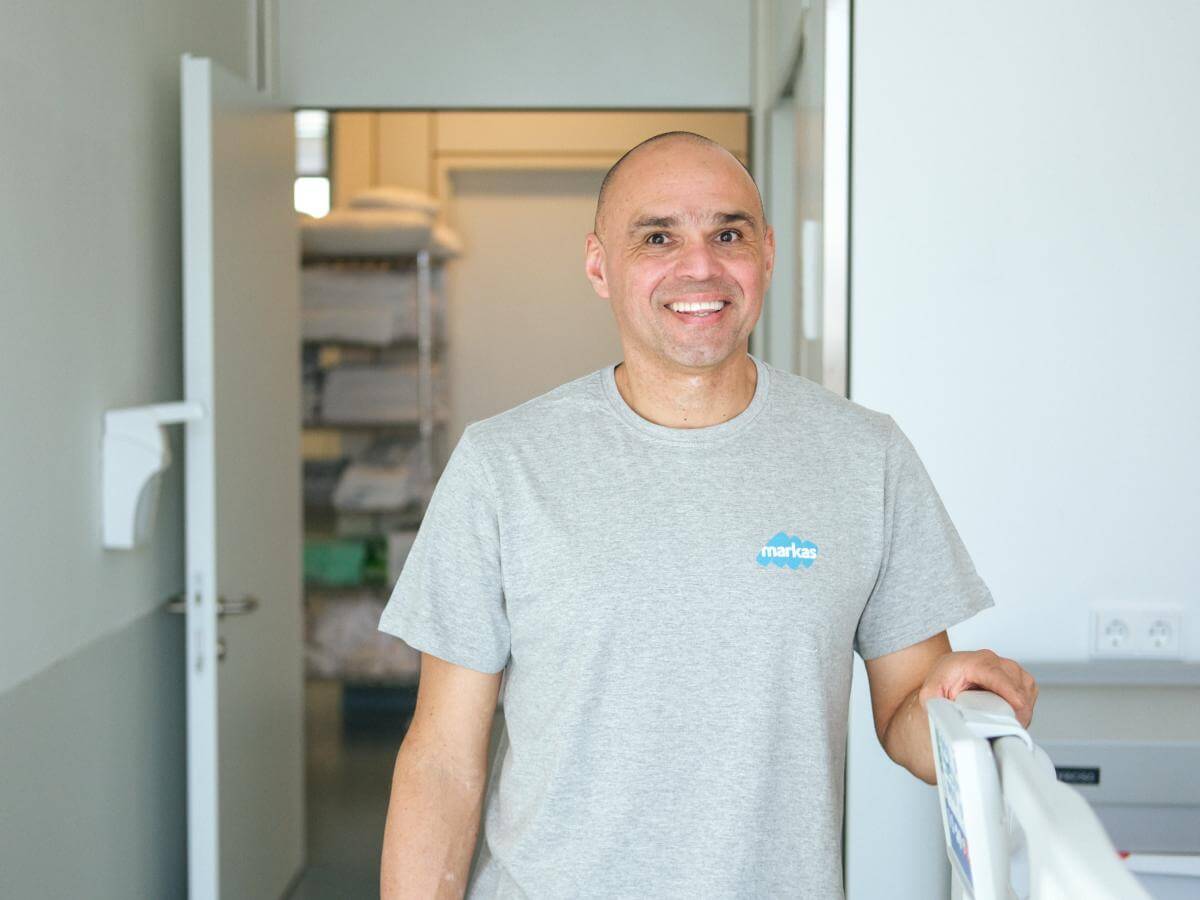
Understanding the impact of repetitive movements
Markas' Ergonomic Risk Assessment Project, which was conducted in collaboration with ErgoCert, an independent accredited body for the certification of the ergonomic characteristics, covered almost all Markas' business areas: Housekeeping, Food, Clean and Facility.
The goal? Assessing the impact of the various activities performed by Markas' workers, in terms of health and safety risks, and in particular the effects of repetitive movements, manual handling of loads as well as inappropriate lumbar and cervical posture.
Why? To better prevent work-related injuries or conditions that may develop over time, and provide Markas' staff the right information, equipment and training.
Markas' Ergonomic Risk Assessment Project, which was conducted in collaboration with ErgoCert, an independent accredited body for the certification of the ergonomic characteristics, covered almost all Markas' business areas: Housekeeping, Food, Clean and Facility.
The goal? Assessing the impact of the various activities performed by Markas' workers, in terms of health and safety risks, and in particular the effects of repetitive movements, manual handling of loads as well as inappropriate lumbar and cervical posture.
Why? To better prevent work-related injuries or conditions that may develop over time, and provide Markas' staff the right information, equipment and training.

Ergonomic risk assessment through innovative processes
While similar projects have been traditionally based on self-reporting and visual observation, Markas' ergonomic risk assessment has been much more accurate thanks to innovative systems and technologies.
More precisely, using artificial intelligence and wearable sensors, worn by workers while on duty, made it possible to detect incorrect and potentially hazardous movements.
This, in combination with the expertise of certified ergonomists helped Markas identify the best measures to protect employees and improve workplace wellness.
While similar projects have been traditionally based on self-reporting and visual observation, Markas' ergonomic risk assessment has been much more accurate thanks to innovative systems and technologies.
More precisely, using artificial intelligence and wearable sensors, worn by workers while on duty, made it possible to detect incorrect and potentially hazardous movements.
This, in combination with the expertise of certified ergonomists helped Markas identify the best measures to protect employees and improve workplace wellness.

The project
The evaluation not only involved internal and external stakeholders from different departments but it also included different stages of analysis. During the first phase, the most representative work environments and locations were identified through various survey and planning activities. Then, specific factors such as shift and break timings, number of workers, description and duration of tasks, as well as rotations between different jobs were studied and analyzed.
The second phase of the project focused more on collecting data on the identified environments and task performance. This included tracking and recording movements and postures during the performed tasks among others. Finally, the third phase included data analysis, evaluating, categorizing, and prioritizing risk parameters, as well as determining risk indices.
The evaluation not only involved internal and external stakeholders from different departments but it also included different stages of analysis. During the first phase, the most representative work environments and locations were identified through various survey and planning activities. Then, specific factors such as shift and break timings, number of workers, description and duration of tasks, as well as rotations between different jobs were studied and analyzed.
The second phase of the project focused more on collecting data on the identified environments and task performance. This included tracking and recording movements and postures during the performed tasks among others. Finally, the third phase included data analysis, evaluating, categorizing, and prioritizing risk parameters, as well as determining risk indices.
FIND OUT THE LATEST NEWS

Gender violence and Whistleblowing: a shared commitment to a safe and respectful work environment
Gender violence is one of the most severe and persistent social and cultural issues...

Markas Health Week 2025: A whole week dedicated to well-being and prevention
What started in 2019 as a single Health Day at the Markas Austria headquarters in...

Energy efficiency at Markas: a strategic approach with ISO 50001
Energy management represents a fundamental pillar of Markas’ sustainability strategy....

Innovation in cleaning: Markas relies on cobotics
Economical, flexible, and cutting-edge, cobotics is now enhancing Markas’ cleanin...

The people behind essential services
A recent feature by FF magazine, titled “Das Rückgrat des Landes” (The backbone of th...

Markas ensures sustainable cleaning in the Government District of St. Pölten
With a team of around 50 employees, approximately 116,000 m² of space is cleaned da...
